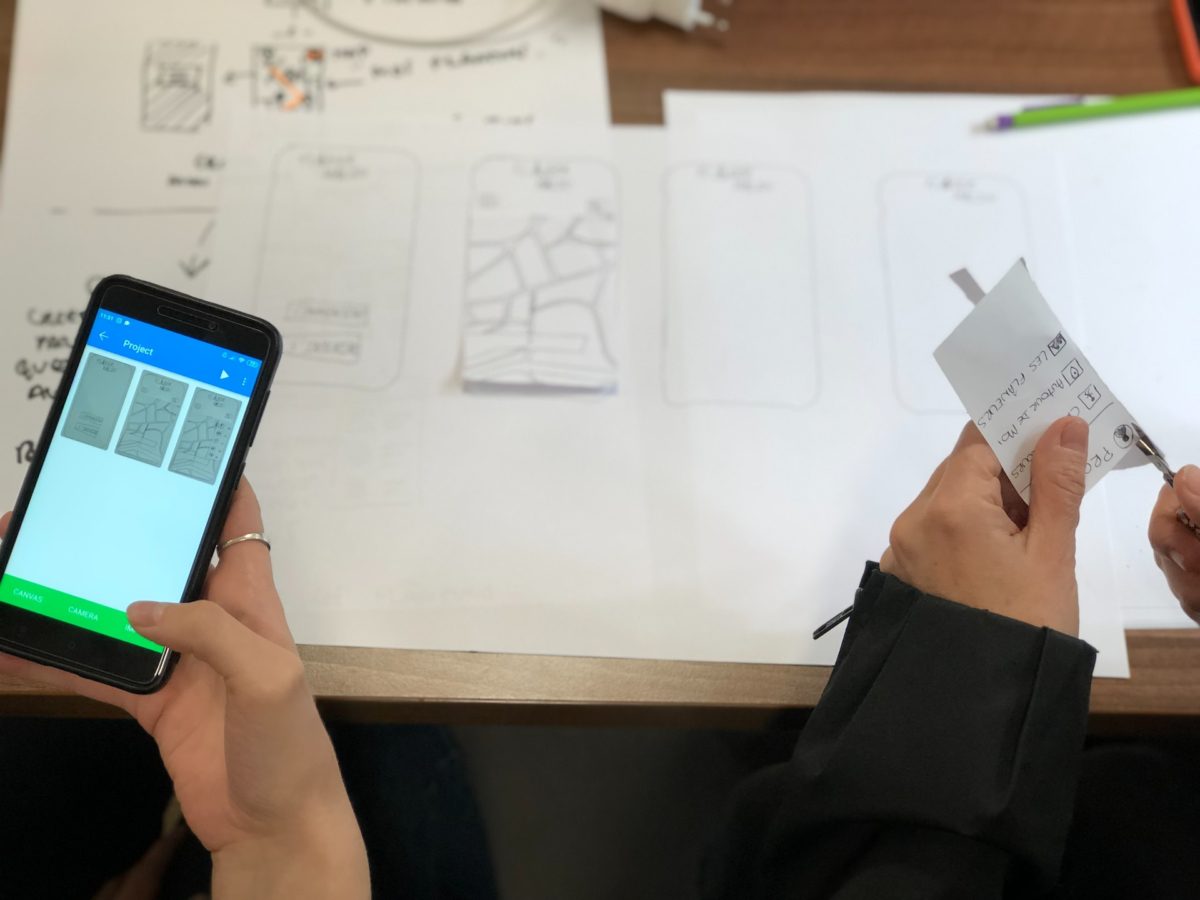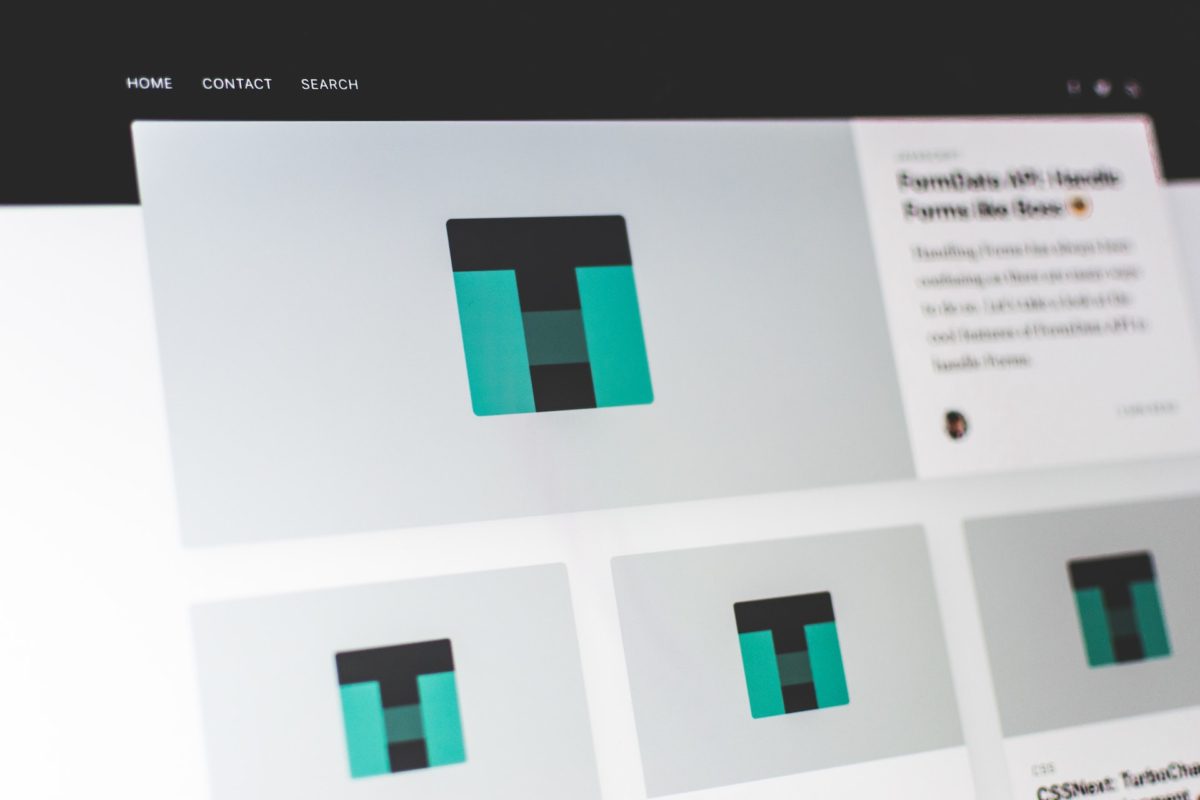Have you ever wondered how brands like Apple, Starbucks, and Netflix manage to achieve worldwide recognition and success? The secret lies in their global strategy.
This is the first post describing our attitude towards building client relationships. Over the years, when working with my employer’s clients, I’ve heard a lot of complaints about vendors’ honesty. Unfortunately, it’s now 2015 and when I touch on this subject with our current clients it’s still a big issue.
The most common complaint is about prompt deliveries. The problem of vendors not delivering on time seems to be widespread. The problem is so widespread that I feel especially uneasy answering “yes” if someone asks if we will really deliver the agreed work on time. One can almost see it in their eyes, “Oh, here we go again, I’ve heard this before . . .” And there are other common complaints, such as hidden costs, underestimation, or projects dropped without notice.
All those issues add up over the years and create a very bad overall picture of outsourcing companies. Unfortunately, as human beings we are prone to remember the bad things better than the good ones. The result is that high-standard companies like Nopio must constantly overcome the negative stigma of being “just another outsourcing vendor.”
I think there are two major causes of this state of affairs:
Vendors are focused on money, not on results
“Well, of course they are focused on money, they are running a business,” you might say, and I can’t argue with that. But I maintain that focusing on results in the near term will result in better profits for vendors in the long term.
The more corners one cuts the worse results get. Product quality drops and customer trust erodes. The result is a vicious circle: a vendor loses a customer due to corners cut, then offers (or agrees to) even more impossible terms because he’s in desperate need of work . . . (Of course, there are also vendors that simply have poor standards, which leads to delivering poor products, regardless of cost. That is simply unacceptable in any situation, and is not what I’m talking about here.)
A focus on money rather than results is also to blame for another common problem: When vendors fail to disclose that a given technology is not their specialty. This also ultimately results in the client relationship being hurt.
Customers are focused on money, not on results
We covered the vendors. How does it look like from the other side? Most times, customers get what they pay for. If the main goal of a customer is cutting expenses as much as possible, they likely will end up with a vendor that cuts corners, or will need to cut corners to meet cost expectations.
You can see how too much focus on cost from both sides of the vendor-client relationship leads to the same bad results.
Is there a better way? I think so. Here’s how we do it at Nopio.
Our approach to building client relationships
When I started out on my own I faced a tough decision: How to structure our pricing to make us attractive for potential customers. After a lot of thought, it became clear to me that I didn’t want to build client relationships based only on price. That approach has too many downsides, and makes it harder to distinguish oneself from hundreds of other vendors from eastern Europe and Asia.
Frankly speaking, price-wise we can’t compete with companies based in India or Pakistan. Instead, I embarked on convincing potential clients, and proving to existing ones, that there are still vendors who care. Who are passionate about things like great customer support, product quality, useful feedback and understandable English. Those qualities and skills are the base on which we build client relationships.
So, what does this really mean in practice? Here are the simple rules that we apply to each customer and each project we take on:
- After we deliver the estimated scope and agree on the budget, it’s set in stone. We don’t want our customers to be worried about us overlooking something, and later on re-evaluating the budget. If we don’t think about something ahead of time that’s essential for the work, we will cover it ourselves.
- Delivery date depends on many factors, but if assets that are essential for the project are delivered on time, the project should be delivered on time as well.
- The client needs to see progress over the course of the project, not just the result when it’s ready. Unless requested otherwise, the current state of our projects are available on a password-protected server for continuous review.
- We’re not robots blindly following design specifications. We’re partners with the customer, and we add value by flagging potential issues or suggesting changes for future optimization.
- Initial specifications are rarely identical to those at the end of the project. There are always things that need to change during the work. That’s okay from our perspective, and many changes will not have any impact on the budget, because it’s the client’s right to change things to some extent. Using functional specification document templates can help to minimize changes during a project by providing a standardized format for outlining goals, requirements, and expected outcomes.
- When a project is done and delivered it is not the end of the interaction. It’s our child, we want it to thrive, and if there is an obstacle in its way we are happy to handle it.
Does this approach work? YES. We are proud to say that our customers almost always choose to continue working with us after one project. Our biggest challenge is to convince the new ones that we really do operate like this. It’s hard, even with testimonials like this one:
“My biggest fear prior to hiring Nopio was that we wouldn’t execute on time given our tight deadline. Luckily it was completed on time, including thorough testing.” – Brad Hess, Sr. Digital Marketing Manager, Ceros Inc.
I hope more vendors will embark on the quest for better quality of service, but something tells me that I’ll be disappointed.
What do you think about building client relationships? Leave a comment below or tweet us @nopio_studio.






